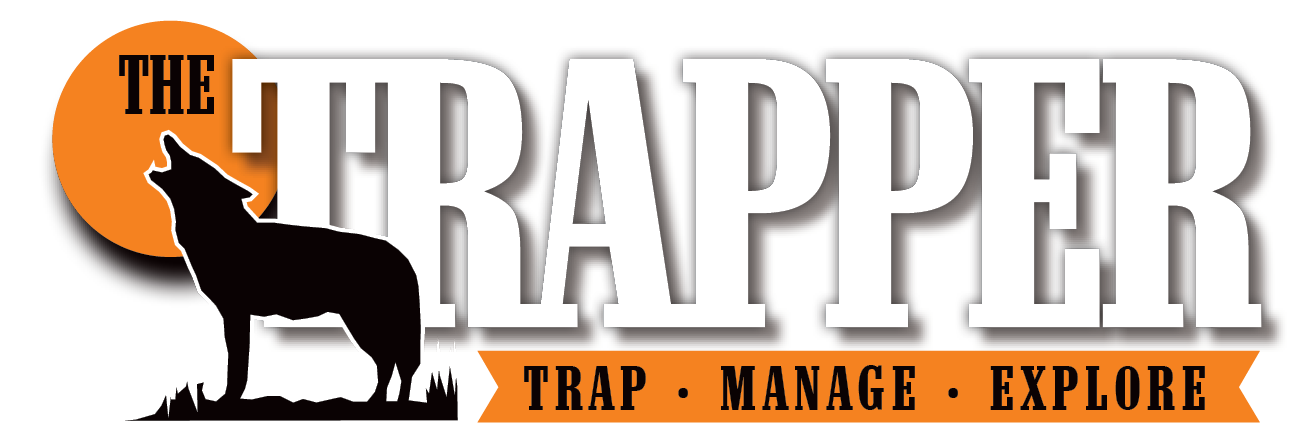Question: I have been trapping for a few years. I have a problem with canines, especially coyotes, ignoring my lure late in the season. Do other people also have the same trouble? Would gland lure work better? If so, what kinds would you recommend?
— I.M., Wisconsin
Dave Morelli responds:
 You are not alone in this problem. There are many reasons that lures don’t work later on in the season. Sometimes you can fix it and sometimes you can’t. I don’t know what your lure strategy is when you start the season, but I use gland lure right off the bat. My dirthole set in the beginning of the season will usually have the bait in the hole and the gland lure on the bone or sight attractor. Sometimes I put both in the hole to change it up. I finish it off with a squirt of urine if there aren’t too many rabbits around because they are also attracted to the urine.
You are not alone in this problem. There are many reasons that lures don’t work later on in the season. Sometimes you can fix it and sometimes you can’t. I don’t know what your lure strategy is when you start the season, but I use gland lure right off the bat. My dirthole set in the beginning of the season will usually have the bait in the hole and the gland lure on the bone or sight attractor. Sometimes I put both in the hole to change it up. I finish it off with a squirt of urine if there aren’t too many rabbits around because they are also attracted to the urine.
Later in the season as the weather gets cooler, I will take the urine out of the picture and replace it with a real skunky call lure. I will put this lure high in a bush or tree so it will carry out with the wind. The coyote’s nose doesn’t work as well in the colder air, and the skunk carries further in the cold. I also live in a cold climate, similar to your Wisconsin weather, and when late season comes the extreme cold will damper the lures effectiveness.
When it really gets cold, I will even add the call lure to the hole to get the coyote closer. Everything needs to be stronger and a rank bait might even be necessary to get them interested in the set. It is important that the trapper anticipate the predator’s travel much tighter also so they will pass closer to the set when they work through. The closer they are, the better chance they will have to see or smell the set.
Another reason coyotes pass up lure later on is they get tired of or familiar with the lure. It doesn’t interest them. I use my own concoction of lure most of the season, but I also buy some lure from one of the other reputable makers to have something different. We never really know how many times a specific coyote looks at our set before he finally falls for one.
Usually, later on in the season, I like to trigger the coyote’s hunger response. This is relatively easy because as winter comes on they have to use more energy to find food. I will go with just a skunky lure, possibly a gland-type call lure, that will carry well in the cold. This will get the coyote closer to the set. Then I will have a well-aged, strong bait in the hole and that should turn things to his stomach.
One other thing to look at is wind direction. In the fall, you make your sets to the prevailing wind so the coyote will work the set over the trap. The problem is that when the season changes and the cold sets in, the prevailing wind might change a bit. The coyote will not smell the set if the wind is wrong, even with the strongest bait or lure. Tweak the set a bit so it faces the wind better or improve your eye appeal. Brushing the snow away helps with melt and freezing of sets and leaves a brown spot in the snow that is visible for longer distances. Sweep a big brown spot if you need to be visible from a greater distance. If there is no snow, go with a bigger bone. If there is snow, use a burnt piece of wood or other dark attractor that will contrast with the snow. Sight attraction is not effected by wind and cold and coyotes rely on it when winter sets in.
What are your late-season coyote strategies? Share them on the forum.
The Answer Men is your chance to ask an expert from the esteemed T&PC panel a question about any aspect of trapping, predator calling or fur handling. Send questions to: The Answer Men, 700 East State St., Iola WI 54990, or e-mail them to
Jared.Blohm@fwpubs.com.
